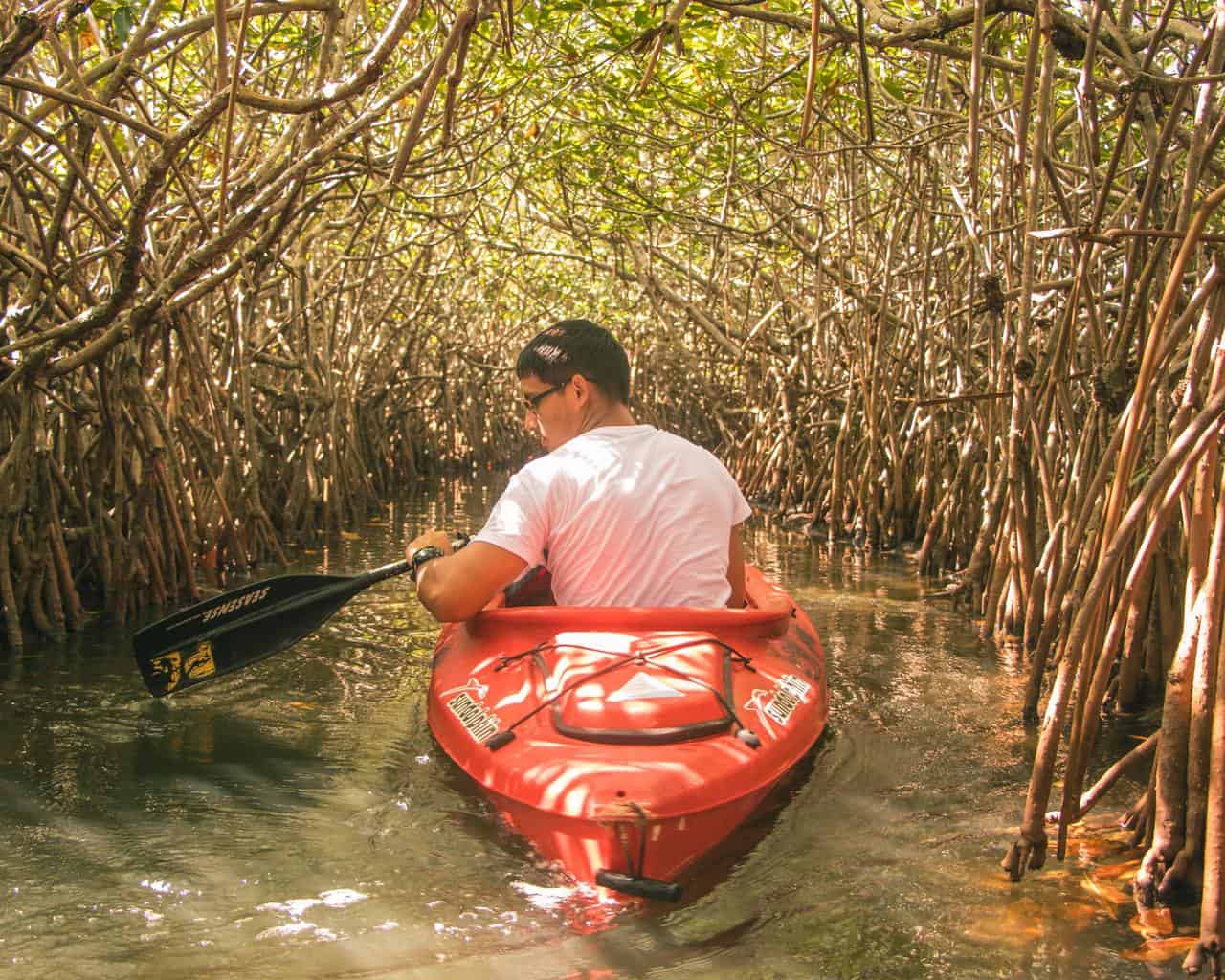Does the thought of paddling down a river with exotic wildlife give you thrills or chills?
The Everglades are 1.5 million acres of subtropical wilderness that is home to several types of rare and endangered wildlife.
Although alligators tend to be the first type of animals that come to mind, Florida panthers, manatees and crocodiles also live here.
In fact, this is the only place in the world where you will find crocodiles and alligators coexisting.
With an environment that is rich with unique plants and animals, you can be sure that any kayaking trip that you plan will be quite the experience.
Naturally, most people’s biggest concern is whether or not it is safe to go paddling down a waterway that is filled with potentially lethal beasts.
The simple answer to the question regarding the safety of kayaking in the Everglades is that people do it all the time without any problems.
However, the true answer lies within your comfort zone and level of competence with spending time in an unpredictable wilderness environment.
- Understand the Potential Dangers to Kayakers in Florida
- Brush Up On the Basics of Kayaking Safety
- Is It Safe to Go Swimming in the Everglades?
- Do Crocodiles Attack Kayaks?
- How Should You Handle Seeing an Alligator While Kayaking?
- Conclusion
- You Might Also Like…
Disclosure: this post contains affiliate links (clearly marked with ), which means we may earn a commission if you buy something through them, at no additional cost to you.
Understand the Potential Dangers to Kayakers in Florida
Alligators are a real and valid concern for anyone who spends time near just about any body of water in Florida.
There are over one million alligators in Florida, and the Everglades provide a home to around 200,000 of them.
With such a high population, you are practically guaranteed several alligator sightings as you go kayaking down the water trails.
While they may seem scary, there are actually other potential threats that you need to know about before you launch your kayak in the Everglades.
Watch Out for Sawgrass
Sawgrass is a type of plant that grows in the swampy marshes. It gets its name from the fine, razor-like teeth that line the blades.
The blades can leave small cuts on your skin, but most people find that they aren’t much of a hazard. Just use common sense, and avoid walking through a saltgrass marsh or grabbing the blades.
Beware of Venomous Snakes
There are currently 27 different known species of snakes that you may encounter in the Everglades.
Four of these are poisonous, and they include the following:
- diamondback rattlesnake
- dusky pygmy rattlesnake
- coral snake
- cottonmouth snake
Cottonmouths, or water moccasins, are the type of snake that you are most likely to encounter while you are kayaking.
Bites from these snakes are rare for boaters. There are several other snakes that look similar. Treat any snake that you see as potentially venomous, and move away slowly.
Look Out for Spiders
The mangroves are perhaps one of the buggiest places that you will ever kayak through. The root systems and branches hanging overhead attract many different types of insects.
Around 20,000 spiders live in the Everglades. The black widow and red widow are the two main poisonous ones to worry about, but even non-venomous spider bites can be irritating.
Most experienced kayakers wear protective clothing with long sleeves and pants to protect their skin from potential spider bites as they float through the mangroves.
This tip also works against mosquitoes, and a spritz of bug spray tends to keep general insect bites down.
Be Ready for Unpredictable Weather
The weather in Florida can change in the blink of an eye. You should always check the forecast before you go kayaking, and get familiar with the tide and current patterns for where you plan to go boating.
You should also know that the Everglades has a wet and dry season, and this can have a huge effect on your safety and enjoyment of your adventure.
The wet season falls between the months of May to November. During this time of year, the climate tends to be very hot and humid.
You should expect that a thunderstorm is likely to happen just about every afternoon. This can cause the water levels to rise rapidly, and you might face strong currents. Bringing a dry bag might also be a good idea.
High water levels can also make traveling through the mangroves more challenging. On top of the swift currents, overhanging branches could pose a hazard.
The dry season occurs between the months of December through April. The more moderate temperatures and humidity levels tend to bring fewer biting insects.
People who kayak during the peak of the dry season should be prepared for lower water levels that can make it more challenging to maneuver through the water at certain points along the trails.
Brush Up On the Basics of Kayaking Safety
Many of the same safety rules that you follow for kayaking in a normal river apply to the Everglades. You can avoid many of the biggest risks to your health by planning your trip wisely.
Wear Your Personal Flotation Device
The depth of most waterways in the Everglades is around four to five feet (1.5 m) deep, and you can technically wade through many areas.
This can generate a false sense of security that could cause you to opt out of wearing your life jacket.
You should know that there are points that reach as much as nine feet (2.7 m) deep, and it is possible to accidentally get pushed out to deeper waters.
Always wear your PFD, and you won’t have to worry as much if you fall out of your boat.
Bring a Buddy
You might need to leave your pet at home to avoid attracting alligators, but you should absolutely bring a friend.
The buddy system helps in the Everglades where you benefit from having an extra set of eyes out for predators.
If you are still fairly inexperienced with kayaks, then you might also want to take a trip with a guide that is familiar with the area.
As always, make sure that someone on dry land knows where you plan to go, and ask them to be alert for you to message them when you are safely back from your adventure.
Pack a Strategic Safety Kit
You’ll want to bring your usual first aid kit and safety equipment, but there are a few extra things that you might want to add to your gear.
A raincoat is essential when you are traveling during the wet season. A weather radio can also keep you alert of any sudden rainstorms.
Traveling through alligator territory means that you may want to bring a few noise makers. Your general safety whistle or an air horn can help you to scare away any alligators that get too close.
Now that you understand the potential risks you may face in the Everglades, here are a few answers to some of the most common questions people have about kayaking in a subtropical rainforest environment.
Is It Safe to Go Swimming in the Everglades?
Florida is filled with gorgeous beaches where you can safely swim with minimal worry about being attacked.
The Everglades, however, are not like that. Alligators and other dangerous animals like snakes lurk in the brackish waters, and you may not always see a threat until it is too late.
Your best bet is to stay within the safe hull of your kayak. Depending upon the trail you go on, you can find some amazing places to stop for a break.
The Everglades National Park also has options for activities such as camping and fishing if you want to add a few more elements of fun to your adventure.
Do Crocodiles Attack Kayaks?
Crocodiles are known for being more aggressive than alligators. However, many people find it hard to tell them apart.
The important thing to remember is that both alligators and crocodiles can attack people in kayaks.
Knowing how to avoid coming too close to them and what to do if they approach are essential survival skills.
How Should You Handle Seeing an Alligator While Kayaking?
This tends to be the ultimate question for people who are interested in kayaking in the Everglades. Seeing an alligator in real life for the first time is an exciting and nerve-racking experience.
Assess The Alligator’s Behavior
The majority of alligator sightings involve seeing one along the shoreline. If you see one basking in the sun or wallowing in the mud, just keep an eye on it.
Most alligators will either ignore you or slip into the water. Going underwater is a protective measure for the alligator.
You don’t need to fear them coming up under your boat. They typically stay within their same territory, but their main goal is to wait it out until you leave the area.
If an alligator hisses, then continue to move away from their direction. This is their way of letting you know that you are too close.
Deter an Alligator That Is Swimming Towards Your Kayak
Unfortunately, there are a few alligators that have experienced too much contact with humans and have become overly comfortable.
Feeding alligators is never a good idea, but some tourists might have done so in the past. If an alligator seems to be friendly, this is probably the reason why they appear to be coming toward your boat.
Stay calm, and remember to keep your limbs as close to the inner part of your kayak as possible. You will then need to paddle slowly away.
If the alligator seems intent to follow your boat, then use your noise maker. Many kayakers have had success pounding their paddle against the side of their boat or by using a whistle.
Be Wary of Babies
Few things are cuter than a baby alligator. Sighting a couple of little ones on the trail may seem exciting, but this is a sure sign that you could be in danger.
Most likely, there is a mother nearby who is willing to defend her nest. Always leave baby alligators alone. The photo opportunity is not worth putting yourself in jeopardy.
Conclusion
Going kayaking in the Everglades is an experience that is unlike any other that you can find in the world.
Is it dangerous? It can be, but so can driving in a car or going hiking in the wilderness.
Just remember to use good sense, and always plan your trip in advance. Once you are paddling through the unique landscape, you’ll be glad you chose to take the risk.
You Might Also Like…
-
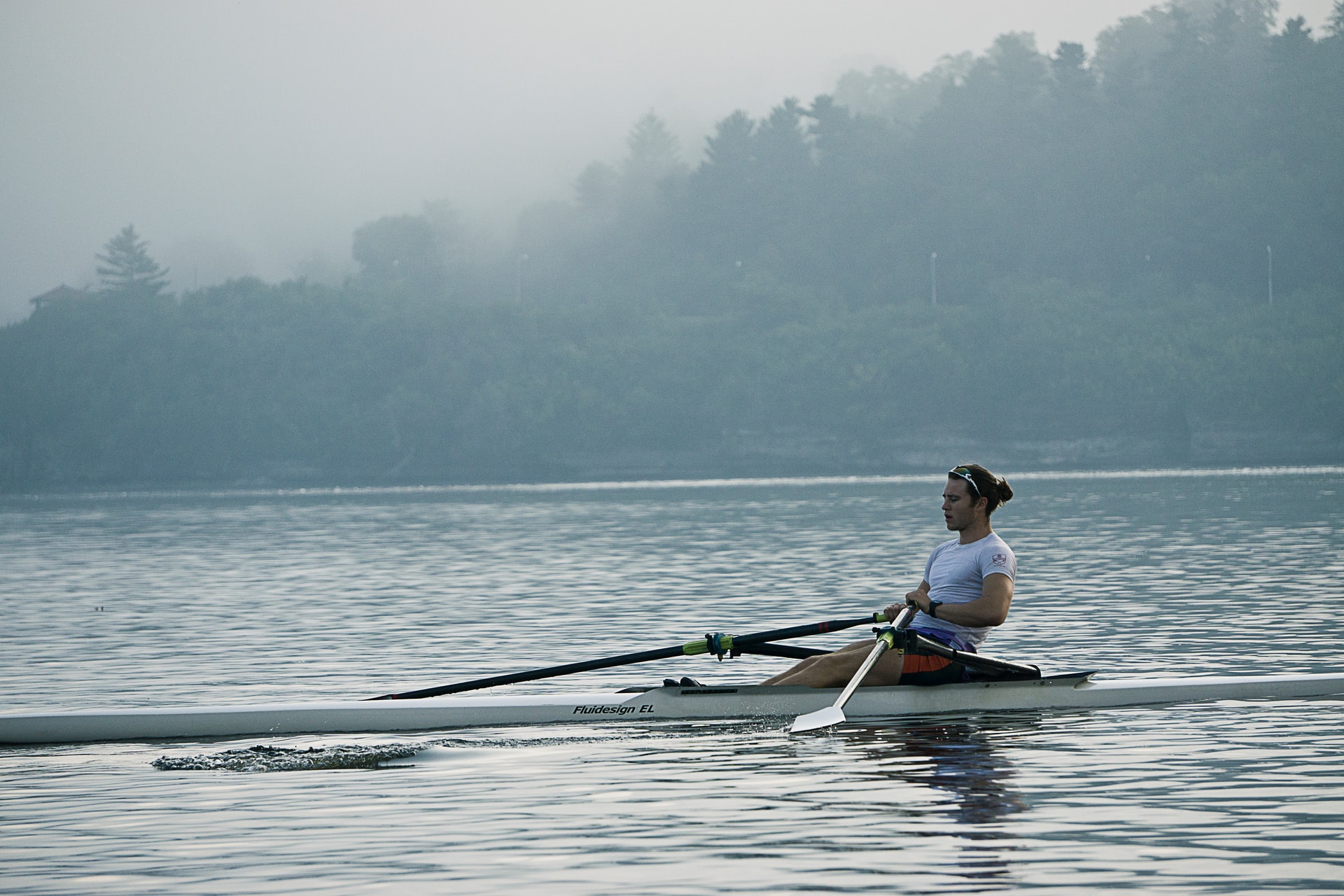
Kayaking Vs. Rowing: What’s the Difference? (8 Key Differences)
-
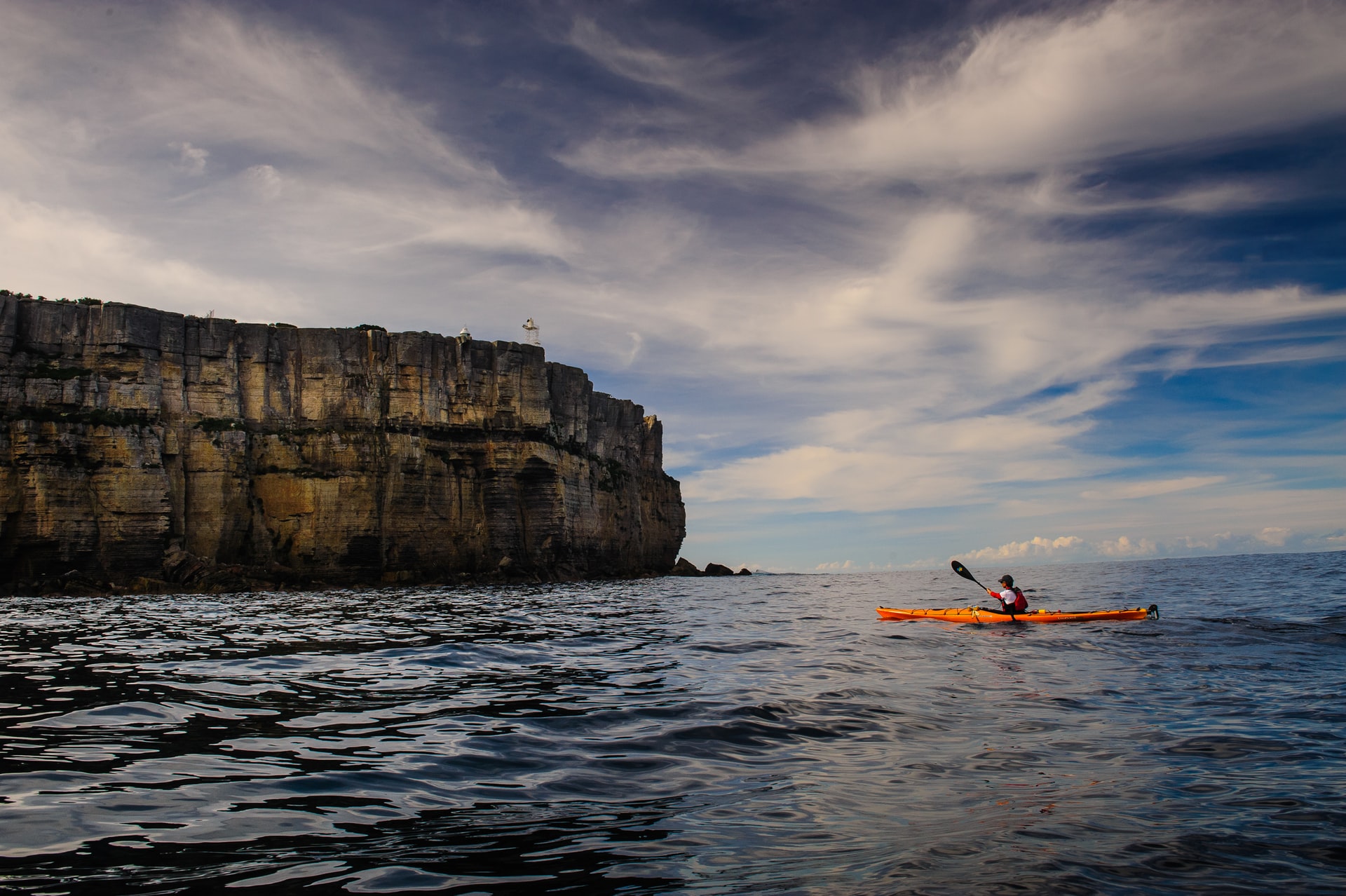
When Is It Too Windy for Kayaking? (Crucial Facts You Should Know)
-
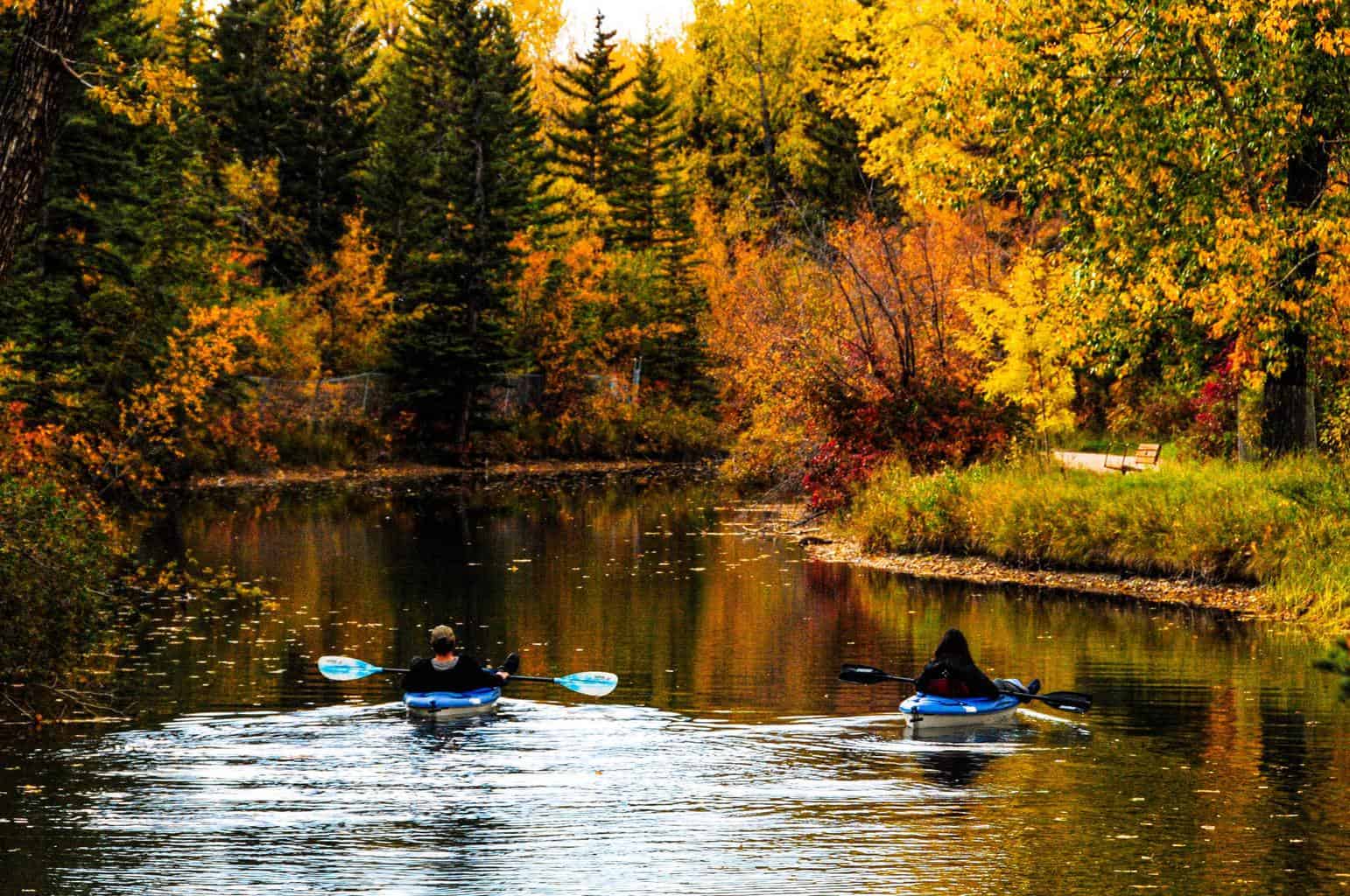
When to Go Kayaking? (What Every Kayaker Should Know)
-
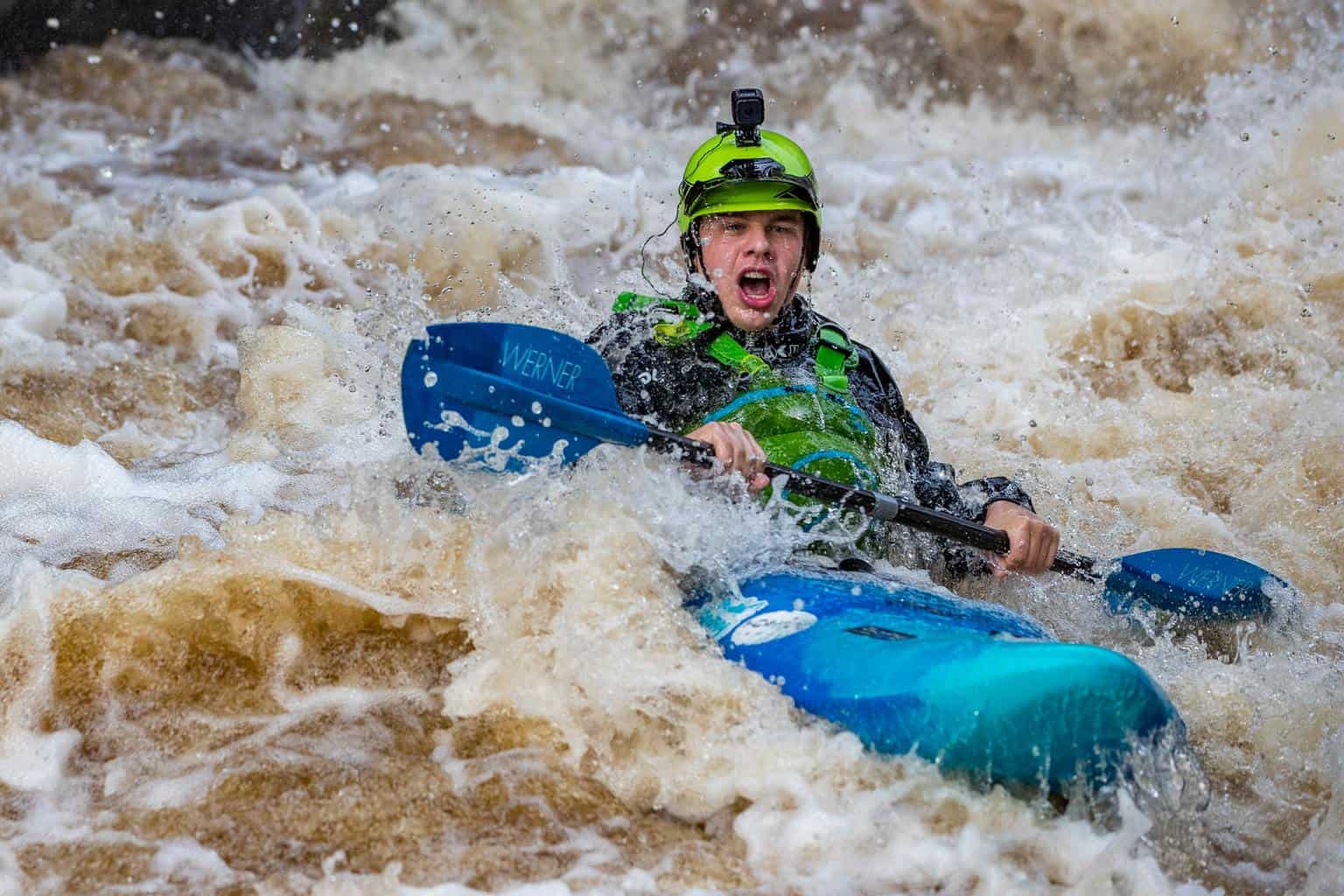
Will I Get Wet Kayaking? (Common Reasons & How to Stay Dry)
-
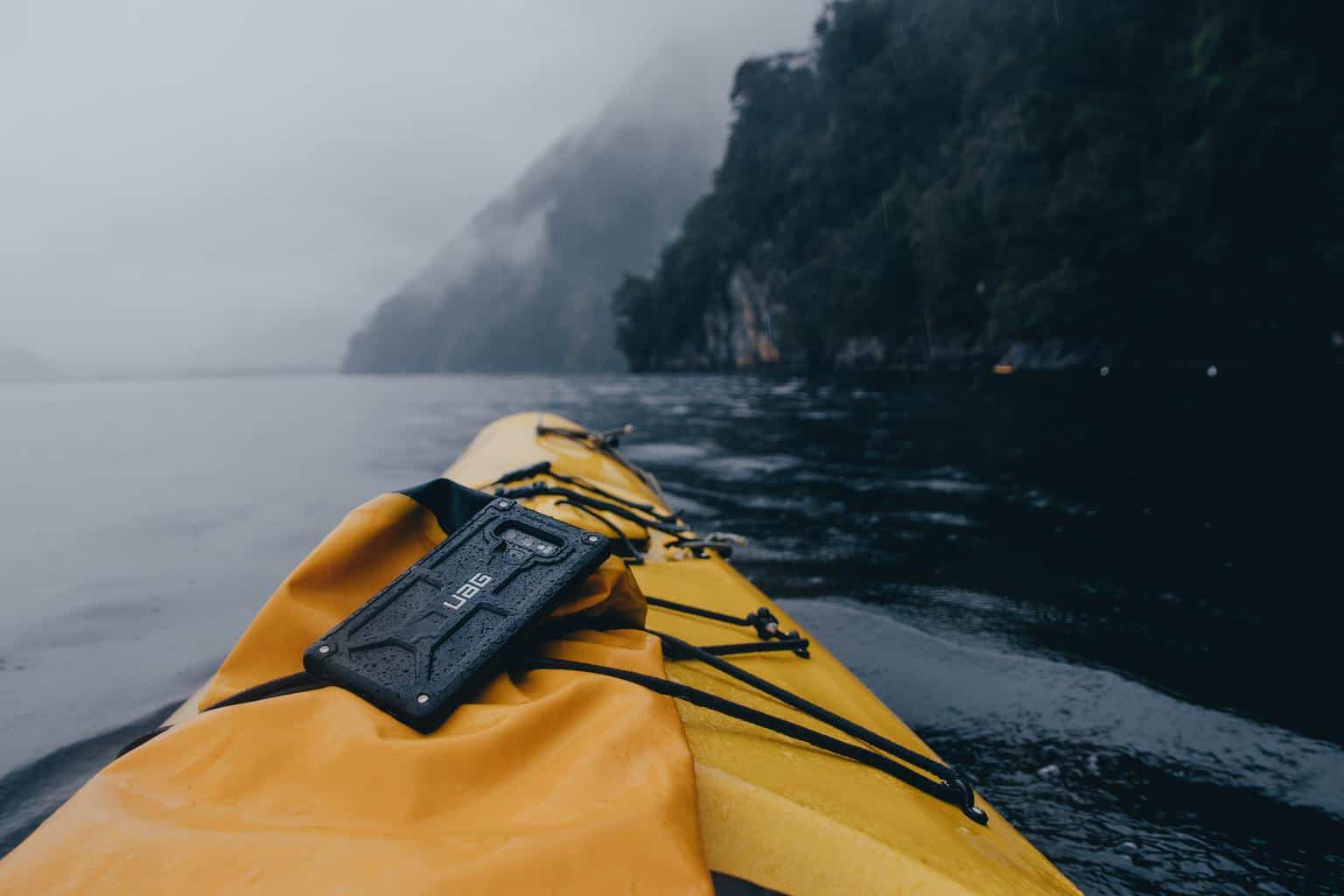
Should I Bring My Phone Kayaking? (7 Good Reasons)
-
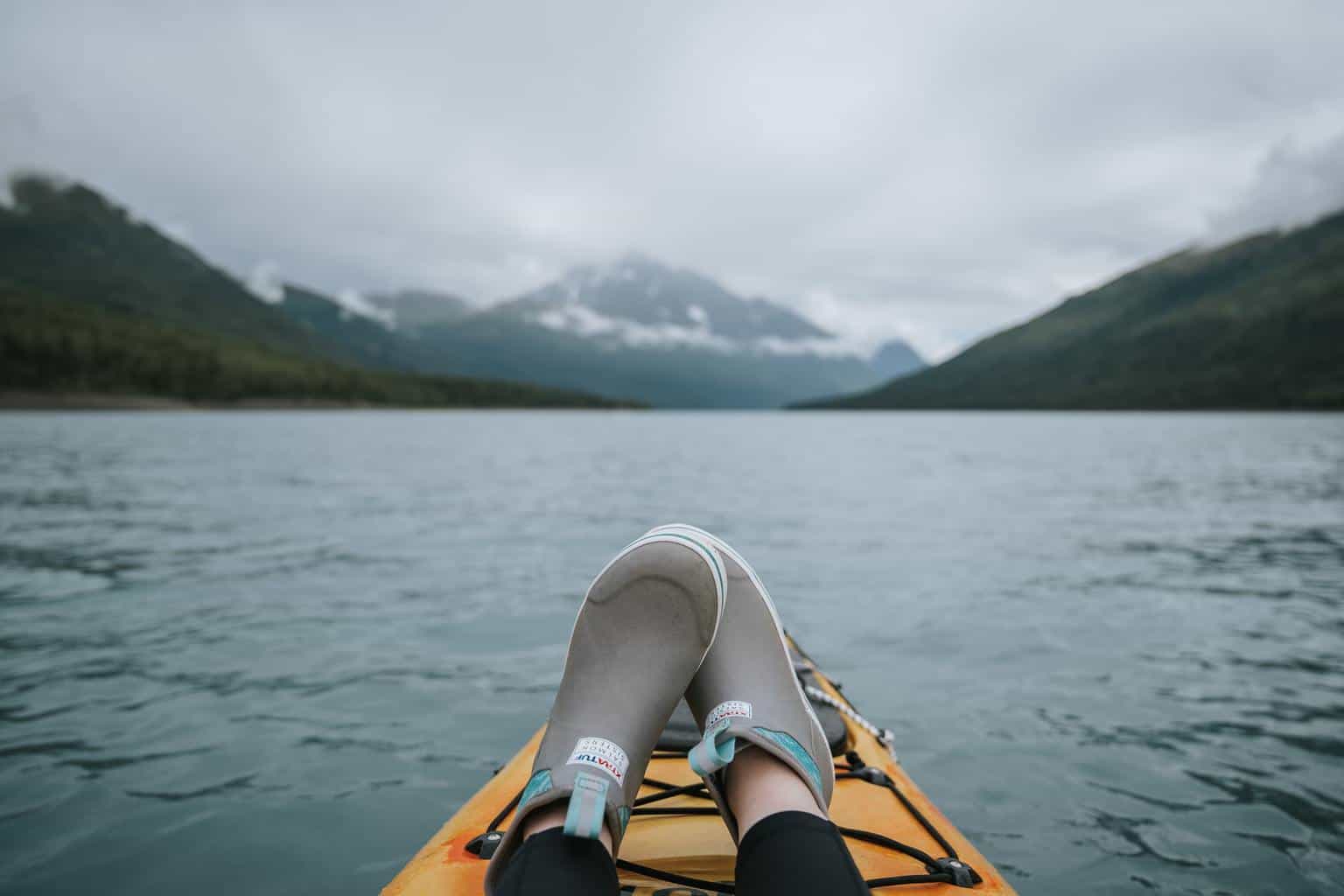
What Shoes to Wear Kayaking? (+ the Best Shoes for Your Needs)
-
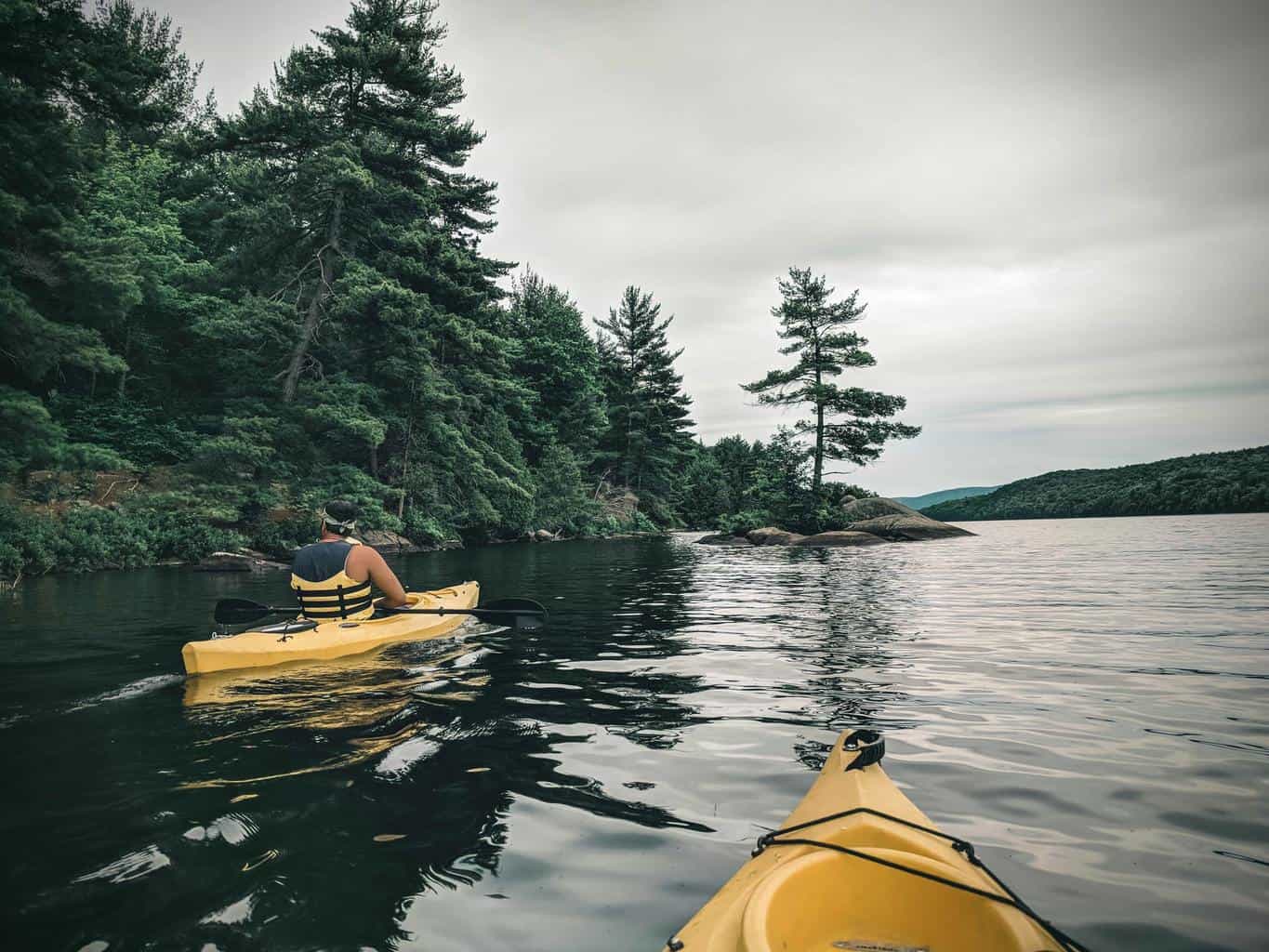
Can Kayaking Cause Chest Pain? (What Every Kayaker Should Know)
-
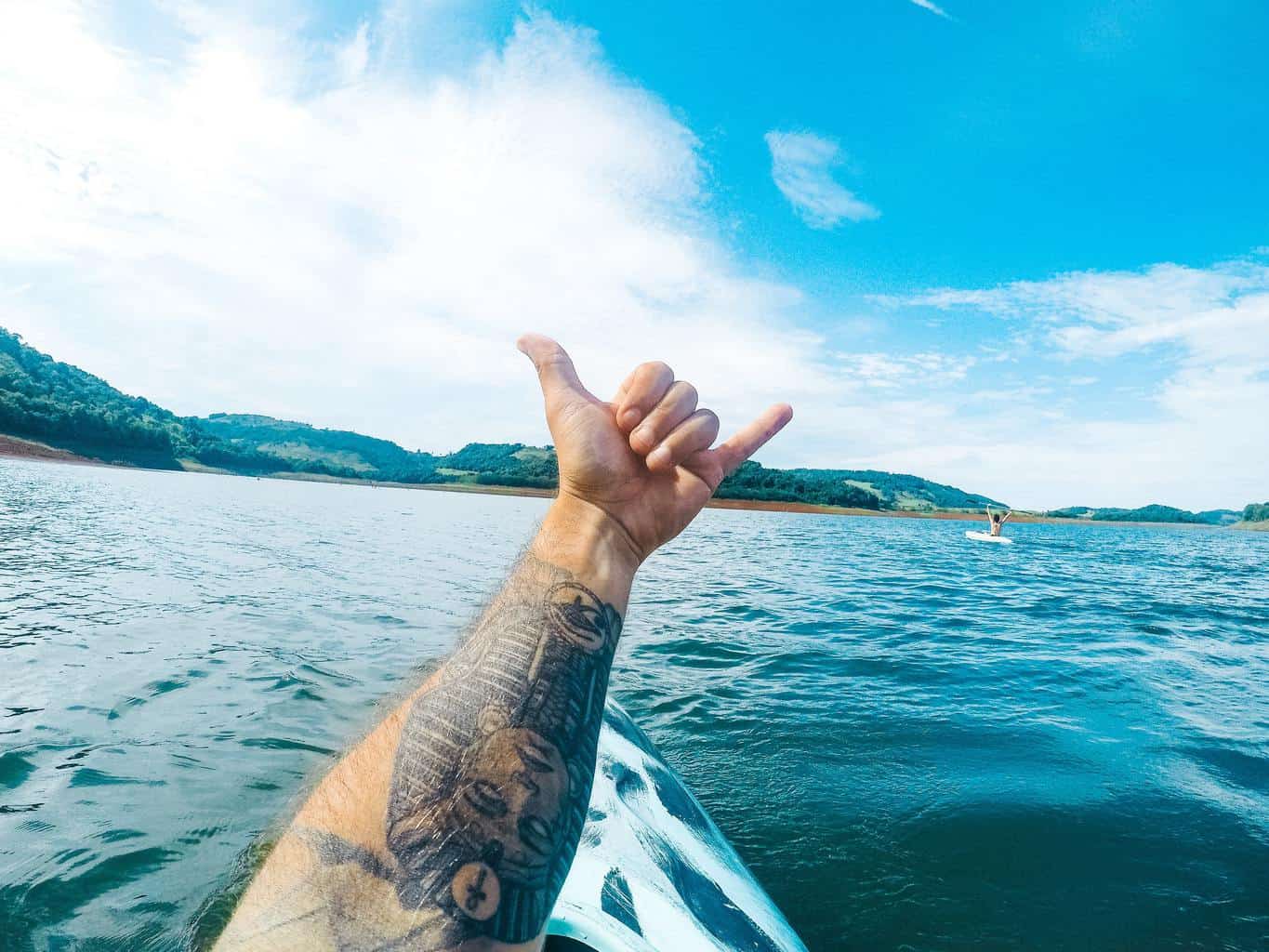
Can I Go Kayaking With a New Tattoo? (Facts You Should Know)
-
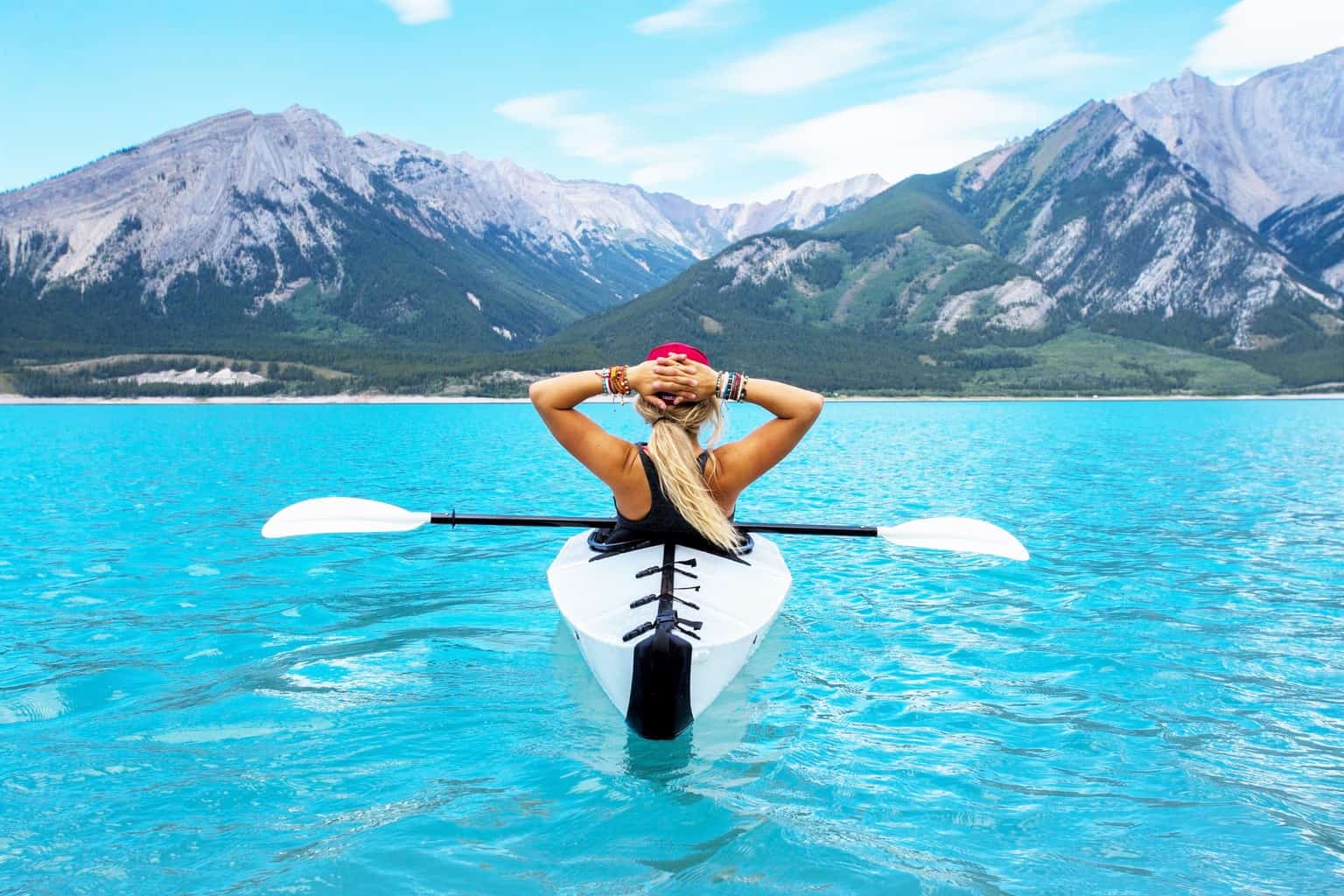
Can You Go Kayaking On Your Period? (+Practical Tips)
-
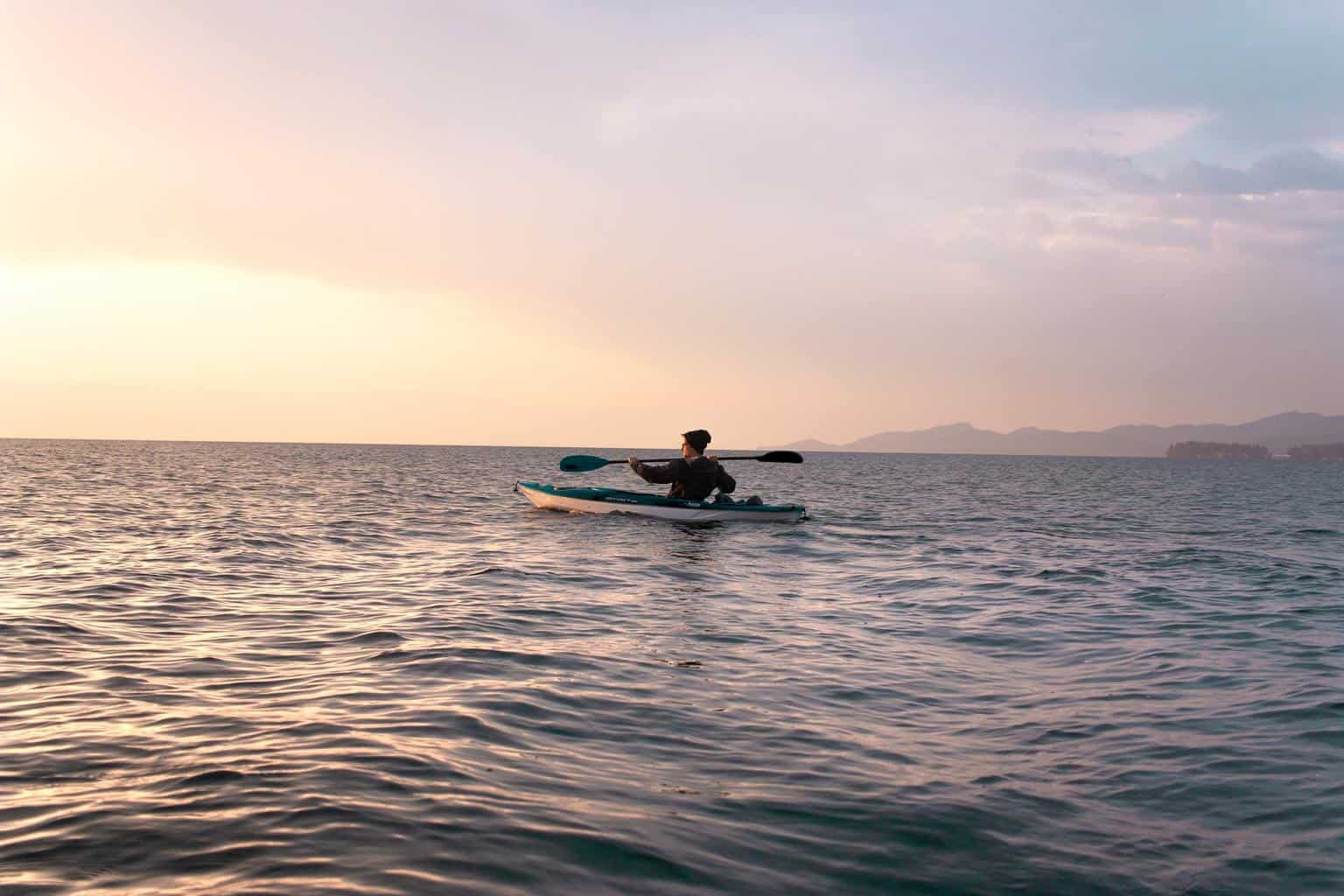
Can Kayaking Cause Hemorrhoids? (What Every Kayaker Should Know)
-
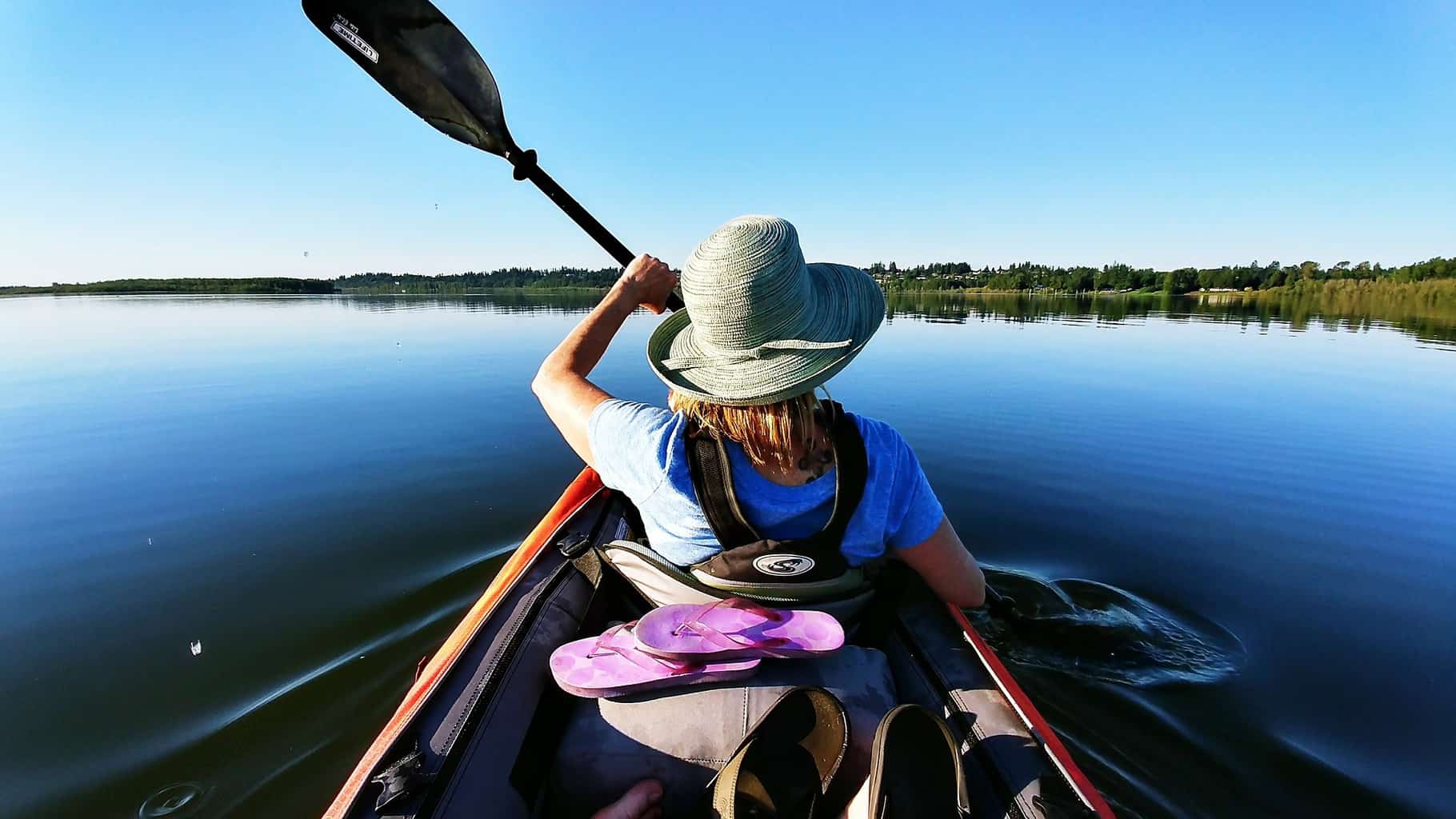
Can Kayaking Cause Tennis Elbow? (+8 Simple Tips to Avoid It)
-
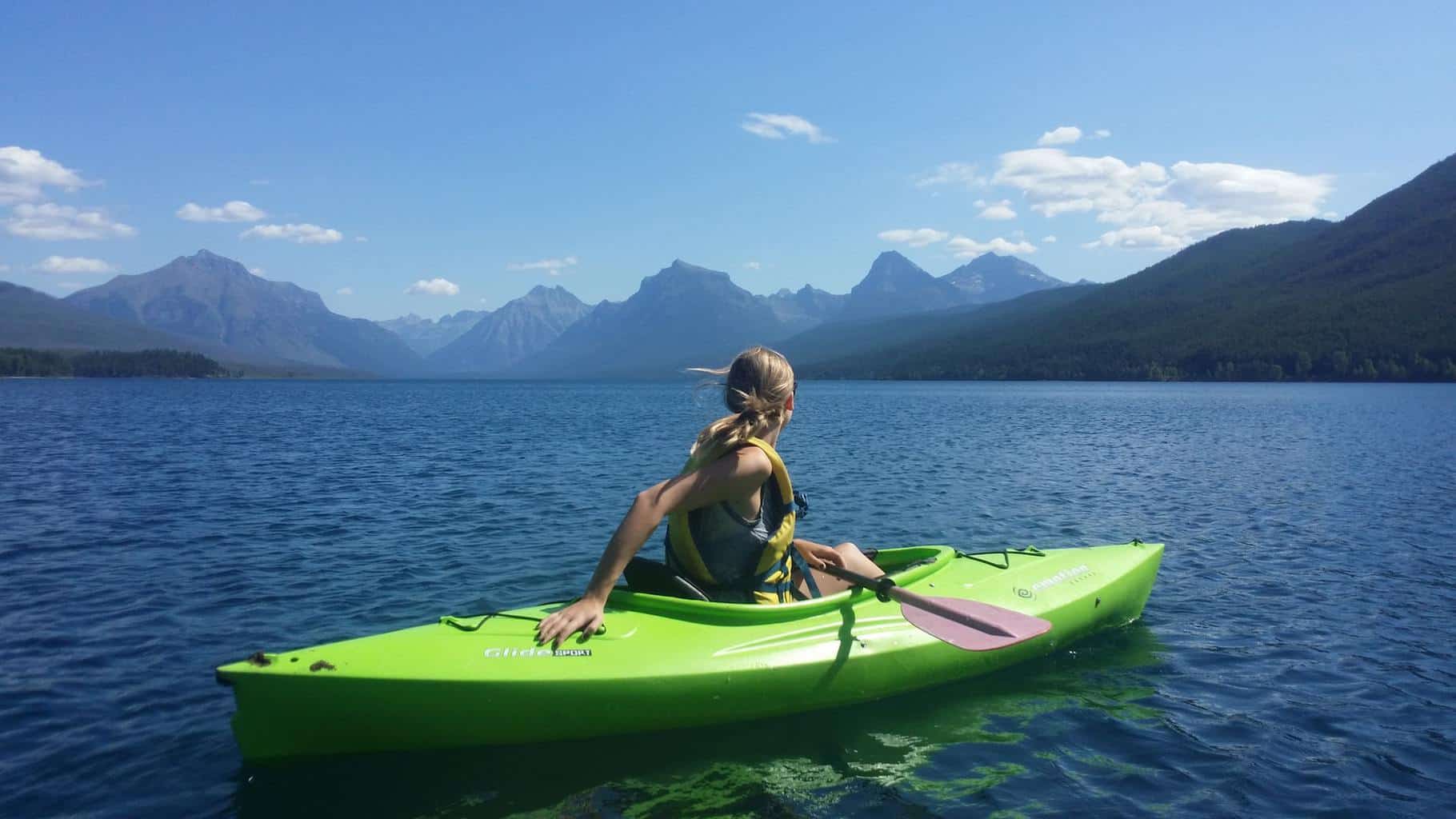
Can Kayaking Cause Sciatica? (+7 Tips to Avoid It)

